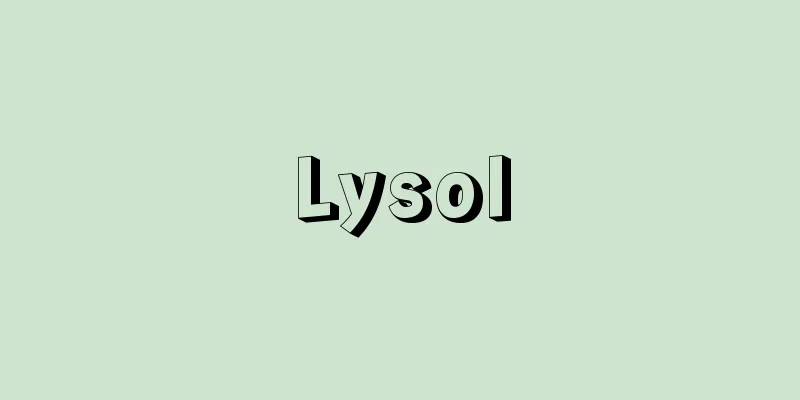Moissan (English name) Ferdinand-Frédéric Henri Moissan

|
French chemist. He started as an apprentice to a pharmacist, then studied under Edmond Frémy (1814-1894) at the Natural History Museum, and after much hard work he earned his baccalauréat (a qualification for completion of secondary education and admission to university). He received a bachelor's degree in pharmacy at the Paris School of Pharmacy in 1879, and a doctorate at the University of Paris the following year in 1880. He studied inorganic chemistry, and after his marriage in 1882, he was able to devote himself to research with the financial support of his father-in-law, and in the same year qualified to teach at the School of Pharmacy. He began researching fluorine compounds in 1884, and succeeded in isolating fluorine in 1886. He was appointed professor of toxicology at the School of Pharmacy in the same year, and became professor of inorganic chemistry at the same school in 1899 and professor at the University of Paris in 1900. He also attempted to produce artificial diamonds, invented an experimental electric furnace for this purpose, and became the founder of high-temperature chemistry. In 1894, he discovered a method for producing calcium carbide, and reported that it produced almost pure acetylene. He received the Nobel Prize in Chemistry in 1906, and through his bequest the Moissan Prize in Chemistry and the Legan Prize in Chemistry, named after his wife, were established. [Kato Kunioki] [Reference] | |Source: Shogakukan Encyclopedia Nipponica About Encyclopedia Nipponica Information | Legend |
|
フランスの化学者。初めは薬剤師の徒弟として、ついで自然史博物館のフレミEdmond Frémy(1814―1894)などから学び、苦学してバカロレア(中等教育終了資格・大学入学資格)を取得、1879年にパリの薬学専門学校で薬学士、翌1880年にパリ大学で博士の学位を受ける。無機化学を研究し、1882年に結婚してからは義父の財政的援助で研究に専念できるようになり、同年薬学専門学校の教授資格を取得した。1884年からフッ素化合物を研究、1886年にフッ素の単離に成功した。同年に薬学専門学校の毒物学教授に任命され、1899年に同校の無機化学教授、1900年にパリ大学の教授となる。また、人造ダイヤモンドの製造を試み、そのための実験用電気炉をくふうし、高温化学の創始者となった。1894年にカルシウム・カーバイドの製造法を発見し、これからほぼ純粋なアセチレンが発生することを報告した。1906年ノーベル化学賞を受け、遺産によりモアッサン化学賞、妻の名をつけたルガン化学賞が設置された。 [加藤邦興] [参照項目] | |出典 小学館 日本大百科全書(ニッポニカ)日本大百科全書(ニッポニカ)について 情報 | 凡例 |
<<: Moiré - Moare (English spelling) moiré French
>>: Moissac (English spelling)
Recommend
Kayado Hijiri
...It is known that Karikaya Doshin and Sekidomar...
Chain stitching
...There are also funerary tents and awnings made...
Gynogenesis
...And even if the sperm of other subspecies of c...
San-sagari
The name of the shamisen tuning. The 3rd string of...
Nash, R.
…It had been known as a hot spring resort since R...
Babylonian Captivity of the Avignon Popes
This refers to the period from 1309 to 1377 when t...
Uji
…The Agata Shrine festival is known as a strange ...
Theory of phonemes - Onsohairetsuron
…The internal conjunction /+/ seen in an aim/ən+e...
Genuine [town] - Shinsei
A former town in Motosu County in the southwest of...
Omi Taro - Oumi Taro
...The river originates at Mt. Gozaisho (1,210m) ...
Pacific Ocean
Location and size It is one of the three major oc...
Kinshin Tencho - Kinshin Tencho
…Modulations are often used when there is no chan...
Hajin
1677-1742 (Enpo 5-Kanpo 2) A haiku poet of the mid...
Storm window - Storm window
…Before the performance of Okina, an altar is set...
Clypeomorus humilis
...Because they are abundant, they are used as ma...









![Isawa [Hot Spring] - Isawa](/upload/images/67cf59e224ab4.webp)